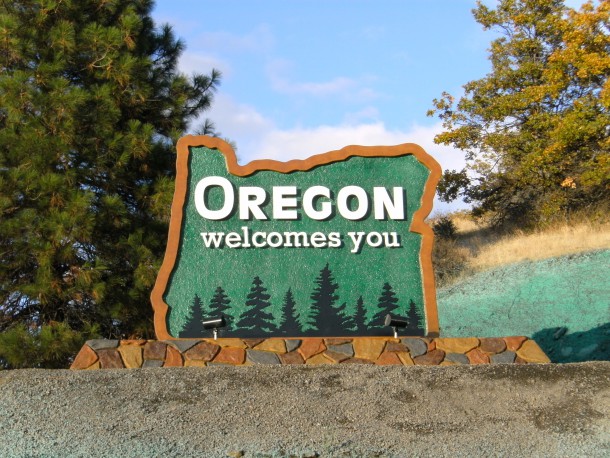
What Does Oregon’s Expanded Vehicle Mileage Tax Charge Program Mean For Fleets?
posted in Alerts by Brian Gray
What Does Oregon’s Expanded Vehicle Mileage Tax Charge Program Mean For Fleets?
With the popularity of hybrid, electric, and fuel-efficient vehicles, fuel tax revenues are declining. In order to balance these revenue losses used to repair roads and infrastructure, states are exploring a vehicle miles traveled tax (VMT) fees that charges motorists based on their road usage measured in mileage through the use of an onboard vehicle (telematics) device to capture the distance driven by a vehicle through GPS.
For over a decade now, a VMT has been proposed and piloted in various states (Oregon, California, Colorado and Washington have completed pilot programs). Read our full article on the Pros And Cons Of A Vehicle Mileage Tax.
Now, Oregon Governor Kate Brown signed legislation that will expand the state’s voluntary road-usage charge program “OReGO”.
- The current usage charge of 1.7 cents per mile will increase with the climbing fuel tax rates next year.
- The program will also expand to allow an unlimited number of qualified vehicles to register for “OReGO” (which was previously capped at 5,000 participants).
- ODOT will be directed to consult with vehicle dealers to encourage participation in “OReGO” at the vehicle’s point of sale.
- Vehicles with 40+ mpg are exempt from mpg-based registration fee increases.
The current annual registration fee is $56 in Oregon. Starting in 2020, these fees will increase based on the vehicle’s mpg rate. For example, vehicles with 40+ mpg will be charged $76 in 2020 and electric vehicles will be charged $153 in 2020.
In the end, something will change: the gas tax in your state will increase, a vehicle mileage tax may be implemented, registration or DMV fees will increase, or a new option will be created. In all likelihood, the answer will be a long term conversion process that starts with what can be done today (tax increase) and move towards a VMT as technology improves and social attitudes change.
As more states experiment with VMT programs, many will look to Oregon in order to analyze their successes and failures. It is likely that these programs will only become more frequent and may eventually be rolled out to all drivers.
As we concluded in our previous article on VMT, one thing is for certain, we all need to educate ourselves and make our voices heard within this debate. Deciding what is fair, what is greenest, and what will best improve highway infrastructure should be a balanced decision and not a one sided mandate hijacked by political zealots.






